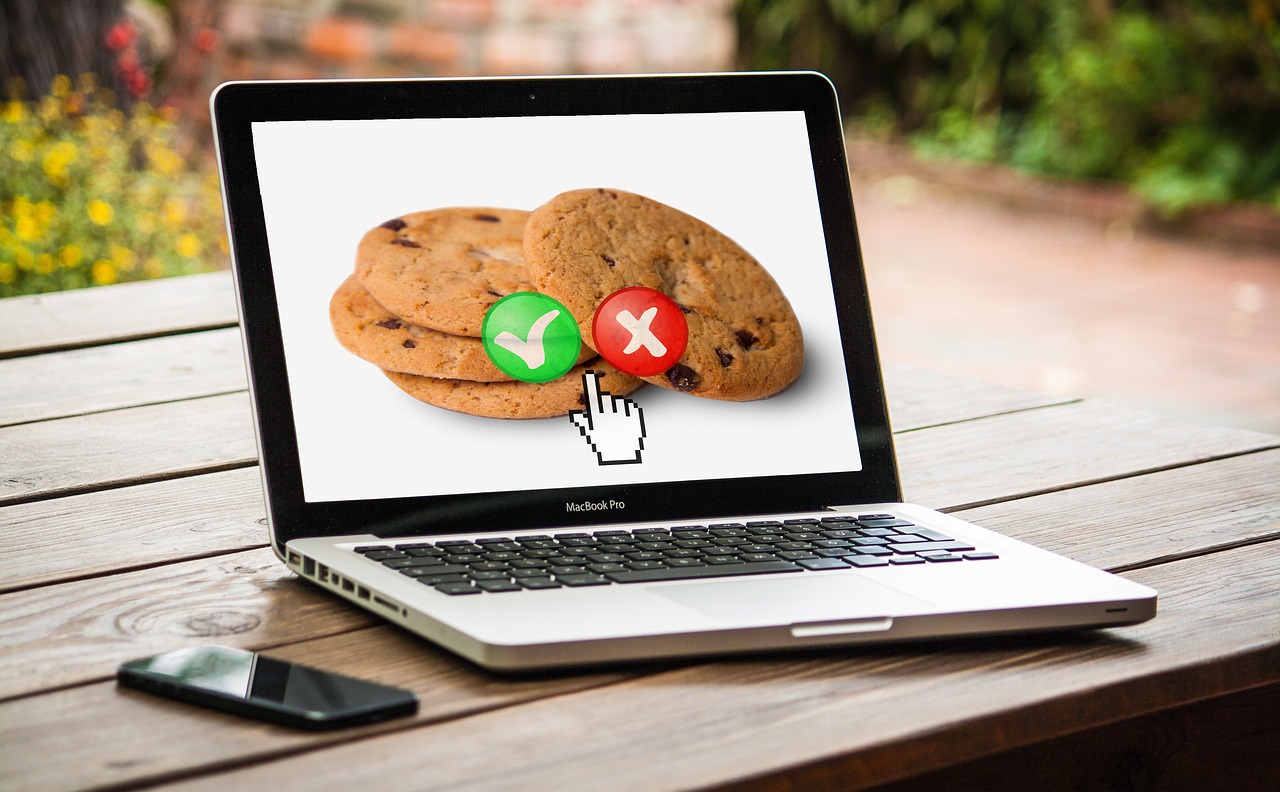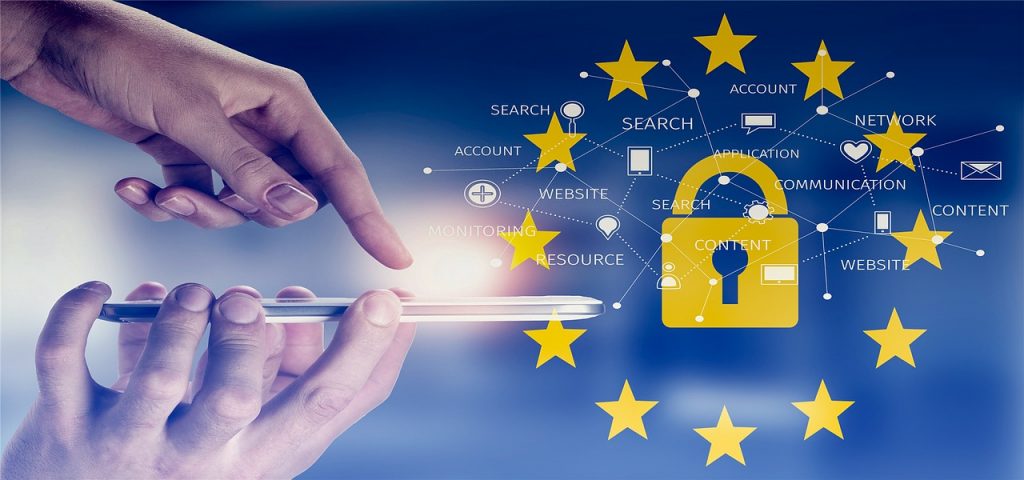

A lot of discussions are happening around ‘🍪’. Earlier it was all about doctors who kept on saying that if I want to attain sustainability in my health, be prepared for cookie-less (Sugar-free) world. As it was not enough, here comes the same Cookie (with different composition, though) to haunt me, in fact our, professional lives now. As I am not a doctor, hence I won’t be able to comment on how cookie can affect your life, but being a digital practitioner, I can surely give my inputs on how this cookie-less world would affect the Marketers/Brands and what possible alternatives are available.
Let me start with basic definition of cookie and cookie less world:
A cookie is a tiny piece of software code that gets installed on your web browser when you visit a website. Cookies help the website identify you and recognize you on subsequent visits. For example, your favorite retailer puts a cookie on your web browser when you visit the store’s website, so-called “first-party cookie”, that allows the retailer to recognize your account so you don’t have to sign in every time you visit.
But there are also third-party cookies, which are created by companies other than the website the user is visiting, such as advertising companies. Third-party cookies Or 3P cookies enable, advertisers to serve up digital ads relevant to the user’s preferences and interests. These ads, in turn, help fund the content that the user enjoys. The more relevant those ads are to the user, the more valuable the ad is to the publisher, the better content they can produce.
The cookie-less future is a shift in the digital landscape following Google’s planned phasing out of third-party cookies in its Chrome browser, announced in January 2020 (now postponed to 2023). With so much digital marketing activity relying on data from third-party cookies, a large majority of the ad tech sector – as well as publishers, advertisers, and marketers – are in a massive, frenzied race to find viable alternatives. The term “cookie-less” describes a type of marketing where marketers rely less on third-party cookies, which are tiny bits of data exchanged between advertisers that contain personal identifiers as consumers browse the web. This profoundly impacts websites using third-party cookies to identify consumers and target them with relevant advertising or marketing. Generally, cookies store information about your computer to identify you as an individual visitor by storing unique identifiers like registration numbers or session IDs. In short, cookie-less means websites store your data using other methods like IP addresses or device IDs as identifiers instead of cookies. These alternative methods will now track you online.
Google’s rationale for phasing out third-party cookies is that users are “demanding more privacy, including transparency, choice, and control over how their data is used.” Google has been “evolving” to create “the web ecosystem needed to meet these increasing demands.”
None of this is untrue. In fact, 86% of people stated that they felt growing concerns about their data privacy. A further 78% expressed concerns about the amount of data collected.
As Per Google, the reason for the delay is that the most consistent feedback received by Google is the need for more time to evaluate and test the new Privacy Sandbox technologies before deprecating third-party cookies in Chrome. But there could be more reasons as well.
Phasing out of 3P cookies will have multi-facets impact. In immediate impact of a future without cookies will be seen in the size of most third-party audiences (audiences whose data is collected solely through third-party cookies). Audience sizes will dwindle to a point where they’re no longer scalable enough for media buying activity, leading to low conversion rates and irrelevant targeting. This means that marketers need to create new strategies and rely on other marketing approaches like email & SMS marketing. Meanwhile, companies that process and sell advertising data must also develop new ways to securely collect and aggregate audience data that doesn’t rely on third-party cookies.
A Google study found publishers could lose 50-70% of their revenue with eCPMs 2-3 times lower.

If there is no substitution for 3rd party cookies, up to 90% of all display impressions will have no ID attached to them. To effectively target at scale in the post-cookie world, it’s necessary to adopt a portfolio of approaches that includes solutions to intelligently target ads without clear identifiers. Though I will cover these in details in my upcoming posts but here are few alternatives which are being discussed which might be effective in the cookie-less world.
In 2019, Google unveiled the Privacy Sandbox, their initiative to meet rising consumer expectations for more privacy on the web. It leveraged a tracking method called Federated Learning of Cohorts (FLoC). Instead of using third-party cookies to collect information about users’ browsing history, it analyses online activity within their Chrome browser. But in January 2022, FLoC was disintegrated and Google Topics rose in its place. similarly cohort-based, Topics rallies around a few hundred categories of interest rather than hundreds of thousands.
1. By leveraging all the touch-points you have with your customers and prospects already. Think of all the data — some of it surely untapped — within your social media, call center, POS, etc.
2. By investing in good old fashioned digital marketing tactics like content creation and email marketing is important too. Building stronger relationships with customers will generate valuable insights and data — and they’ll share it willingly.
To harness the power of all this additional first-party data, you’ll need a solid data management strategy. Customer data platforms (CDP) will consolidate that information, allowing you to build a single coherent profile of each customer so you can build more targeted marketing campaigns.
Frameworks like Unified ID 2.0 (UID 2.0) promote establishing a unique user ID for every internet user. The solution preserves advertisers’ ability to provide relevant, targeted advertising but with more controls available to the user. It uses single sign-on to collect a user’s email address — and one-time consent — when they visit a website or app that supports UID 2.0. Though the industry is on board, a universal ID requires users to hand over their email addresses. And that’s not always easy to do.
Contextual advertising places ads based on the page content through keyword and topic-based targeting instead of behavioral tracking. Contextual targeting gives marketers more control over where their ads appear, ensuring that those sites align with their brand values. You can’t do that using third-party cookies. Of course, contextual advertising does have a narrower reach — your target audience will only see your ads if they visit a site with related content. So consider it just one part of a comprehensive strategy.
As cookies crumble, a new, better solution will be born. Future solutions with better targeting capabilities and higher privacy standards are already in the making.
The coming years will show that there are better user-identifier solutions than 3rd party cookies. To clarify, there will be user-level identifiers, just not developed by Google.
Credits: Gurpreet Singh
Other Articles: Interoperable Private Attribution – A proposed solution to modern data privacy problems